It’s Official: Time to Leave TV, Move Your Marketing Dollars Online
In 2013, the marketing industry reached an unprecedented milestone.
For the first time, spending in Internet advertisements trumped compared to broadcast television, according to research by PricewaterhouseCoopers and the Interactive Advertising Bureau. Driven by spending in mobile ads, revenues from Internet ads totalled $42.8 billion, an increase of 17 percent from 2012.
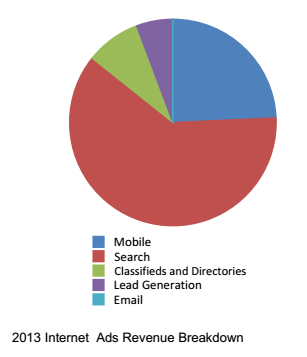
Such upheaval ostensibly came earlier than expected. In 2012, market research firm Mintel had predicted that web ad spending would surpass TV in 2017.
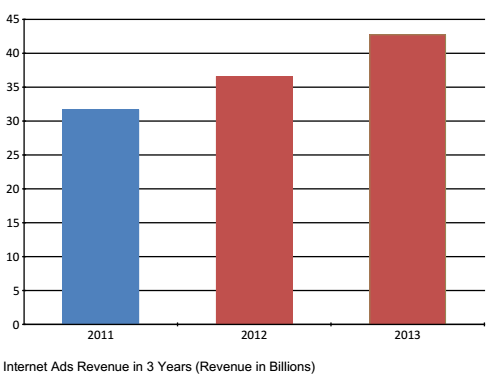
TV has dominated ad sales for the longest time. In the US, more people still watch TV: an estimated 283 million every month. But 150 million Americans watch Internet videos too, a 10 percent increase from 2011.
In response, marketers have ceased treating online as second, third, or fourth fiddle to TV. Programmers are adapting by extending TV content online, by way of such Net-aware devices as Apple TV. In turn, online ads have become essential, rather than supplementary, initiatives to traditional advertising mediums like print, radio and TV. The benefits are as clear as day.
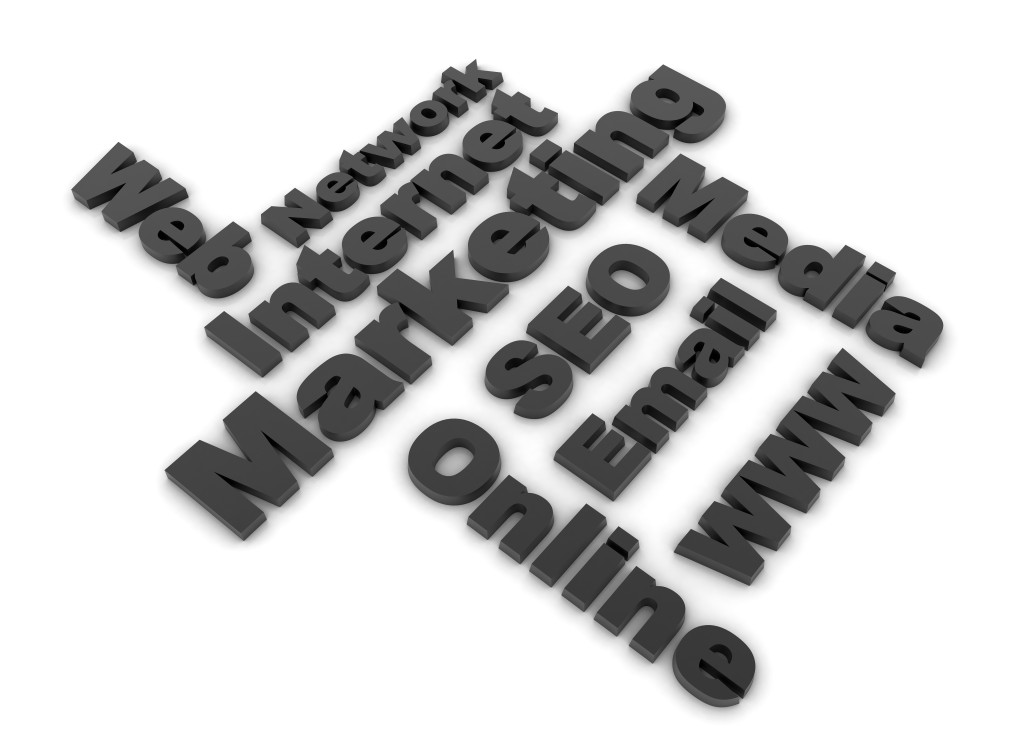
Advantages of online advertising
More and more customers today are tuned to computers, not the boob tubes. Consumers, particularly demographic aged 18 to 35, prefer to stream programming from YouTube, Netflix and Hulu among other services.
Online advertising’s biggest lure is the low cost ceiling. TV spots, especially around communal content like the Super Bowl, are known to fetch in the millions of dollars. By marketing online, on the other hand, you can tap into Super Bowl-size audiences, across the world to boot, with a few dollars in budget. Pay-per-click advertising, for example, demands payment only with every click on the ad link.
Sharing video content online facilitates global dispersion of your message. It is not at the behest of a TV station operator signing on and signing off. The most viral online ad last year, a short film for Dove called “Real Beauty Sketches,” has been viewed 114 million times, exemplifying the mass appeal of content outside the confines of the TV set.
TV tends to throw ads at the wall to see what sticks. Consumers are bombarded with irrelevant messages, as a result. Consumer targeting is one of the finer aspects of online marketing. No one sees ads for generic products and services they don’t want; online ads always appear on relevant websites. Relevance is achieved by gaining insights into consumer activity, through CRM services like Google Analytics, Microsoft Dynamics, and Salesforce.
More than TV ads, online ads are more easily tracked and monitored. Analytic tools equip you with eye-opening metrics such as bounce rates, clickthrough rates, traffic sources, conversion numbers, etc. You then adjust your campaign accordingly from these insights. If your online ad campaign has not elicited the expected response, you can instil changes in real time instead of stopping the campaign completely. TV advertisers, on the other hand, are often obligated for months on end.
TV advertising is one-way. Online is interactive—even the videos. One of the most talked-about online projects last year, Clouds Over Cuba, is an apocalyptic documentary, part of an overall interactive experience that includes opt-in portals to historical photos, maps, and other video clips.All online advertising platforms open your brand to the world; TV ads are shackled to markets where they broadcast. Harnessing Twitter and Facebook for advertising, for example, gives you a worldwide reach of 1.3 billion potential customers. You can push products, services and events from Paris to Phuket with just 140 characters.
Conclusion
This exodus from TV to online tips off a flux in society. From here on, it will be wise to dispose of outdated theories on engagement and brand awareness. Dependable formulas may not carve out effective returns on your marketing expenditures anymore.
Marketing, whether online or in traditional mediums, takes effort. The biggest effort today may be transferring your resources and time to a peculiar, but ultimately profitable platform that lies outside your comfort zone. So think outside the box, and see your business grow.
About the author:
Sharon Freeman is a professional freelancer who writes about videos and the latest marketing trends in the SEO world.

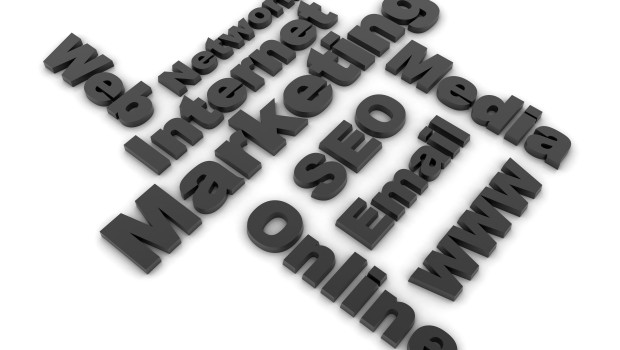





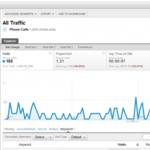








Pingback: Does Size Matter? A Guide to Buying The Right Size of TV | Techno FAQ